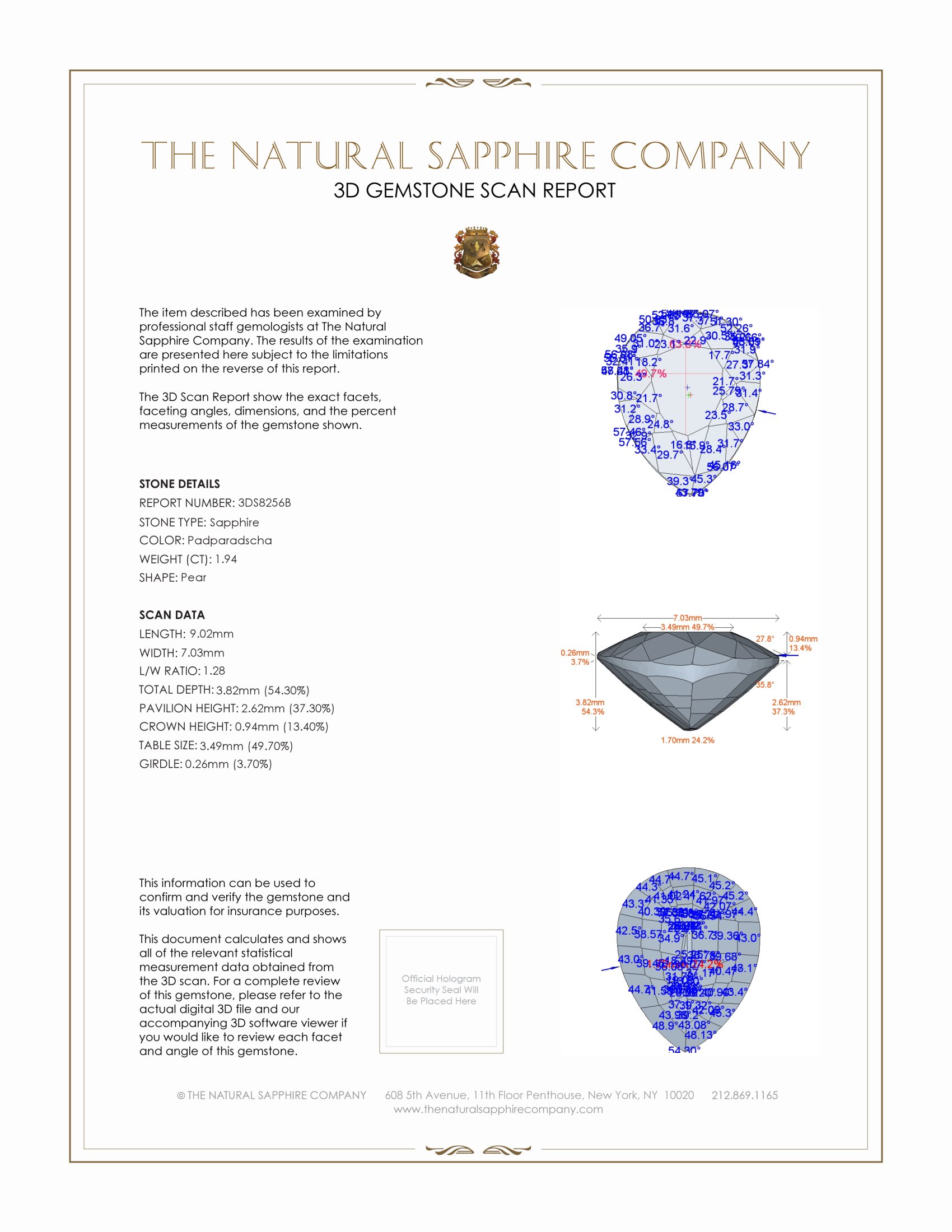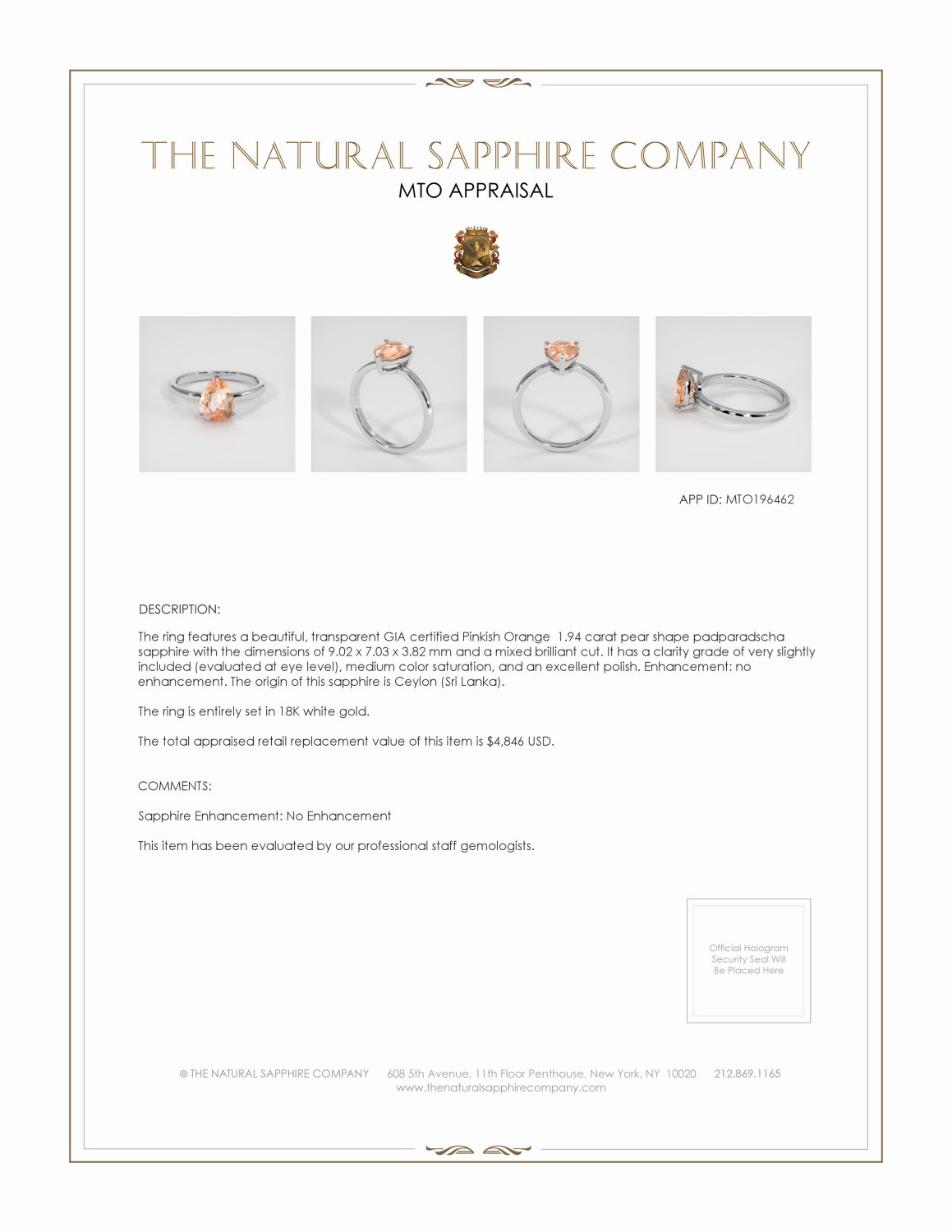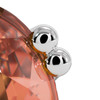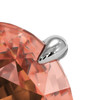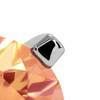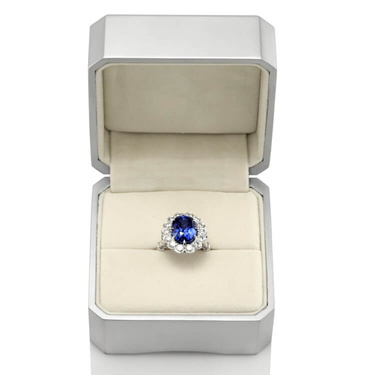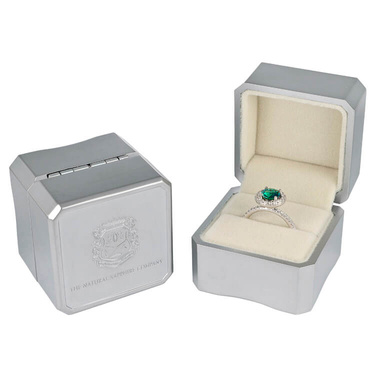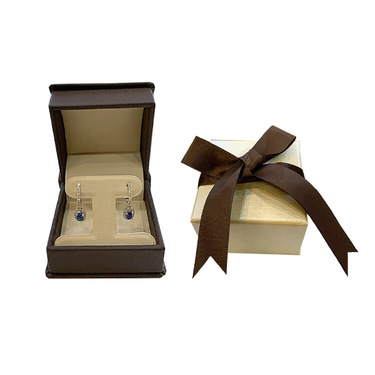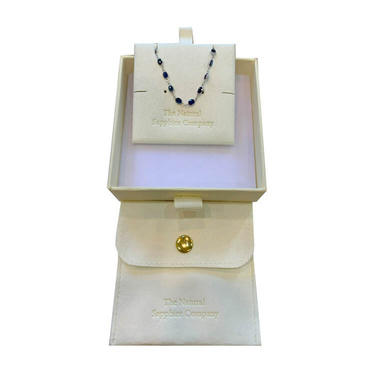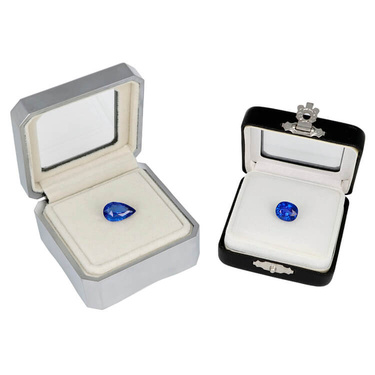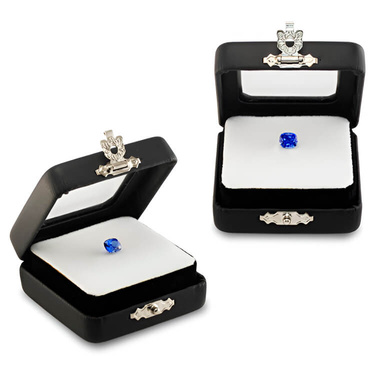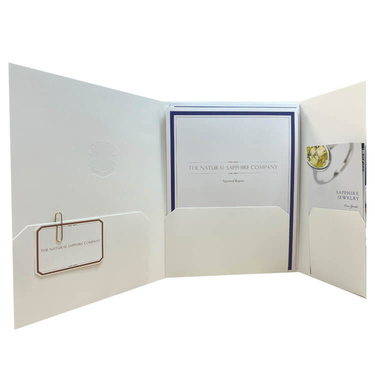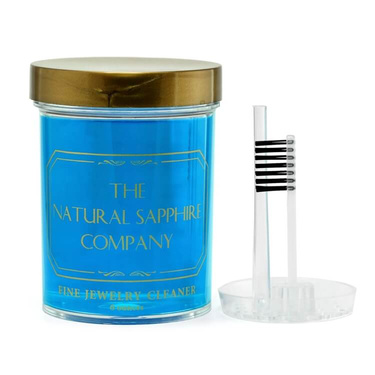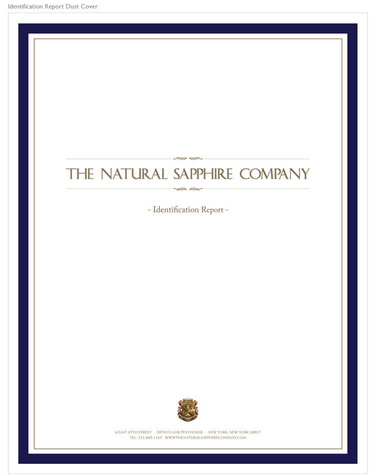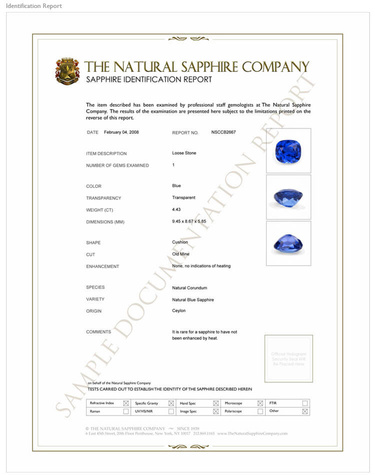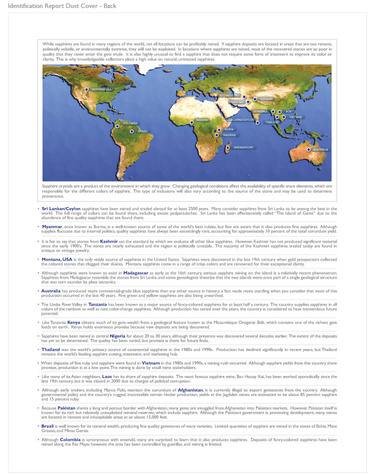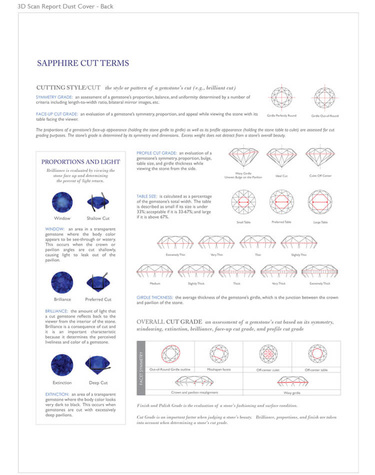- Ring26
- Stone11
- Setting5
- Reports5
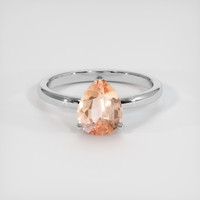
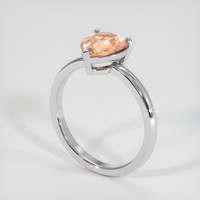
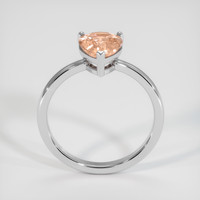
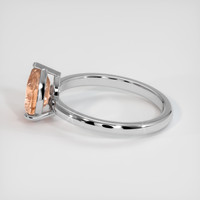
-pear-padparadscha-sapphire-1.9400-cts-s8256-1.jpg?d=200x200&v=20230921020103)
-pear-padparadscha-sapphire-1.9400-cts-s8256-1.jpg?d=200x200&v=20230921020103)
-pear-padparadscha-sapphire-1.9400-cts-s8256-lifestyleimage-1.jpg?d=200x200&v=20231005071850)
-pear-padparadscha-sapphire-1.9400-cts-s8256-lifestyleimage-2.jpg?d=200x200&v=20231005071850)
-pear-padparadscha-sapphire-1.9400-cts-s8256-lifestyleimage-3.jpg?d=200x200&v=20231005071850)










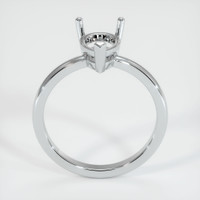

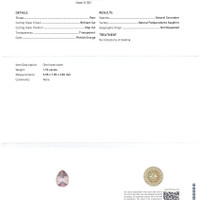

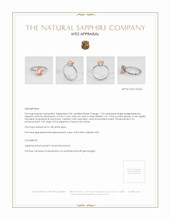

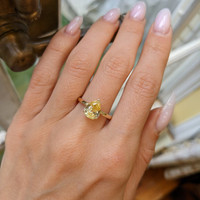
Solitaire Padparadscha Sapphire Ring 1.94 Ct., 18K White Gold
Wax Polymer Replica
Model of your Completed
Setting Design!

View 360° media
Item ID: | S8256 |
|---|---|
Dimensions (MM): help | Length: 9.02 Width: 7.03 Height: 3.82 |
Weight: | 1.94 Ct. |
Color: help | Padparadscha |
Color intensity: help | Medium |
Clarity: help | Very Slightly Included |
Shape: help | Pear |
Cut: | Mixed Brilliant |
Cutting style: | Faceted |
Enhancements: help | No Enhancement |
Origin: help | Ceylon (Sri Lanka) |
Per carat price: help | $1,600 |
This ring centers a GIA certified Pinkish Orange Padparadscha sapphire, weighing 1.94 carat, in a refined pear shape, with calibrated dimensions 9.02 by 7.03 by 3.82 mm, and a mixed brilliant cut. The mixed brilliant faceting combines a measured brilliant crown with a modified pavilion, producing balanced scintillation and a controlled light return that complements the medium color saturation, creating flashes that emphasize the pinkish orange hue without overpowering the stone. Clarity is graded very slightly included at eye level, the inclusions are minimally obtrusive and contribute to the natural fingerprint of the gem, while the polish is excellent, yielding crisp facet junctions and strong facet contrast. This sapphire is unenhanced, sourced from Ceylon Sri Lanka, and presented in a clean, secure solitaire setting executed in Platinum 950, which stabilizes the mounting geometry and maintains a neutral white metal backdrop that enhances the padparadscha color without introducing color bias.
When compared to lab grown alternatives, the technical differences are significant for discriminating buyers. Lab grown sapphires can routinely achieve superior clarity and more uniform color saturation due to controlled growth conditions, which produces fewer natural inclusions and more homogenous trace element distribution, resulting in predictable optical performance. However, natural Padparadscha sapphires from Sri Lanka exhibit characteristic growth zoning, natural inclusion patterns, and trace element signatures that are identifiable under gemological analysis and are key to origin determination and GIA certification. The absence of any enhancement in this natural stone preserves original pleochroism and stability, attributes that lab grown stones may mimic visually but cannot claim in terms of geological provenance. For collectors and connoisseurs represented by The Natural Sapphire Company, an untreated, GIA certified Ceylon Padparadscha offers irreplaceable rarity and long term value, while lab grown alternatives present compelling options for cost efficiency and clarity, but lack the natural history and market premium associated with an unheated, certified natural sapphire.








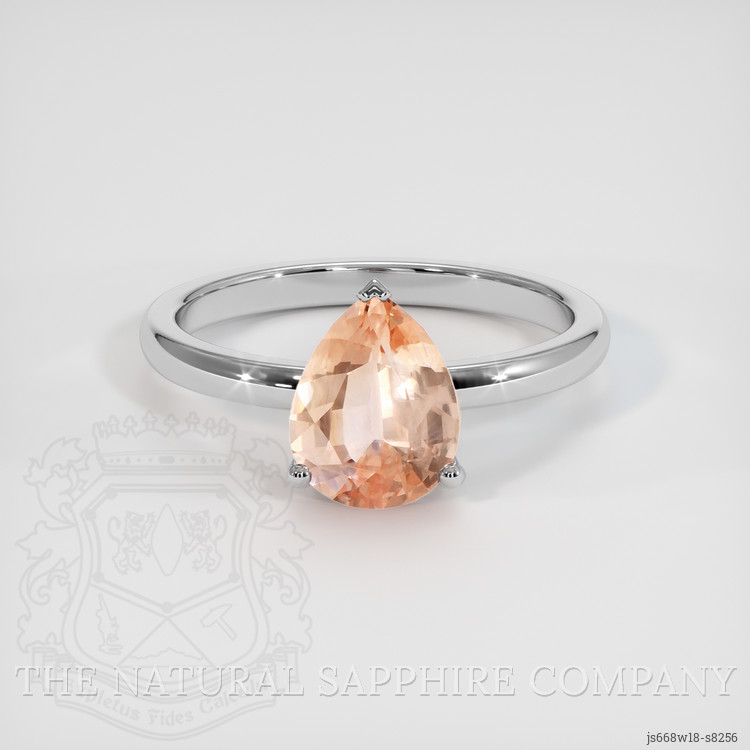
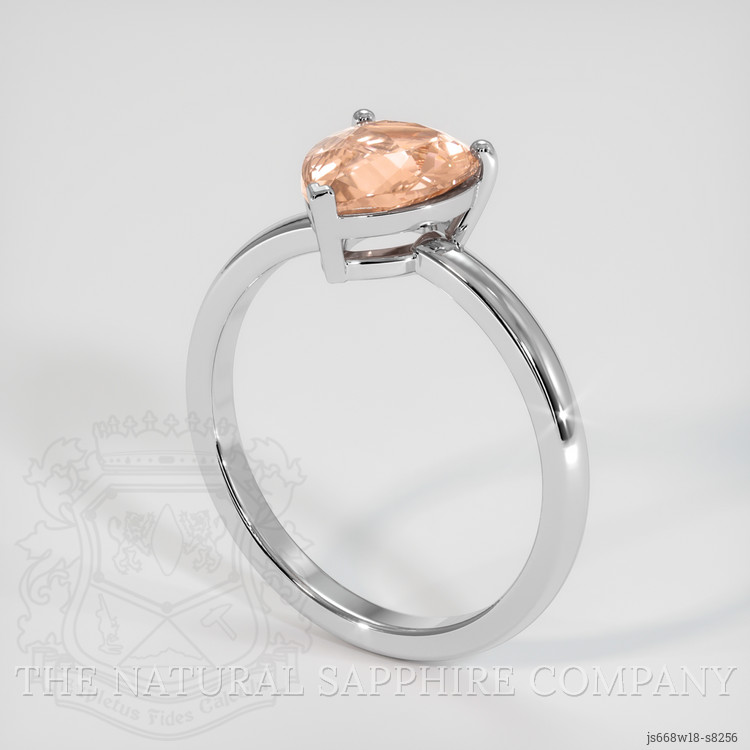
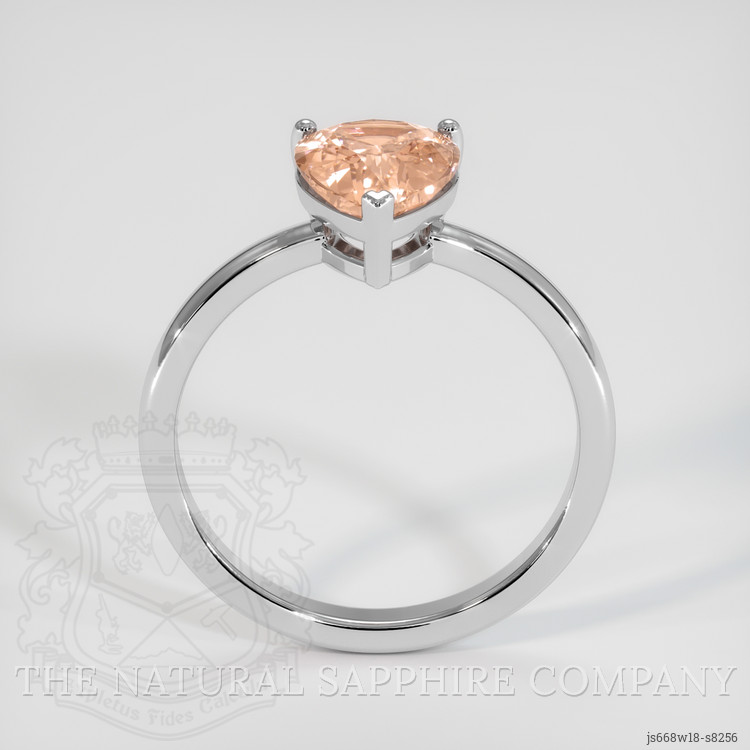
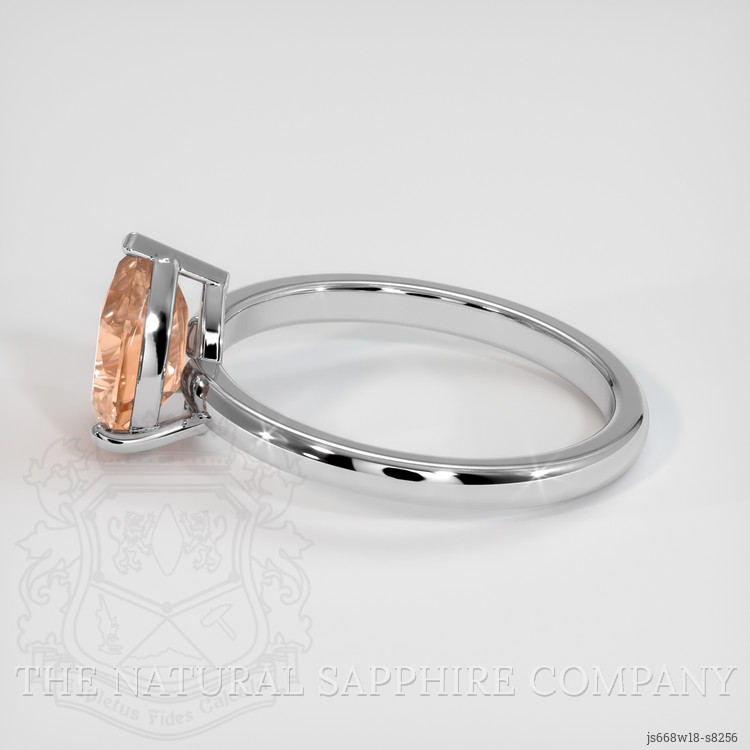
-pear-padparadscha-sapphire-1.9400-cts-s8256-1.jpg?d=750x750&s=nsc&v=20230921020103)
-pear-padparadscha-sapphire-1.9400-cts-s8256-lifestyleimage-1.jpg?d=750x750&s=nsc&v=20231005071850)
-pear-padparadscha-sapphire-1.9400-cts-s8256-lifestyleimage-2.jpg?d=750x750&s=nsc&v=20231005071850)
-pear-padparadscha-sapphire-1.9400-cts-s8256-lifestyleimage-3.jpg?d=750x750&s=nsc&v=20231005071850)





